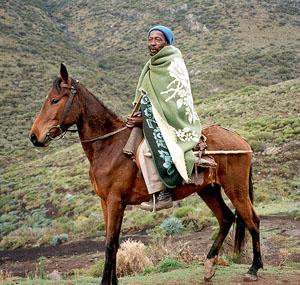Basotho Pony / Basuto Pony
N/A
Sun, 6th July, 2025 - 1:07 am GMT
Sponsor Ads:

Alternative Name
N/ABasic Info
Height : 14.2 hh. Colours : Chestnut, bay, brown, grey. Identifying Features : Neat head, long neck, straight shoulders, long back, short legs, hard feet. Chestnut color, bay, brown , gray, refined head, long neck, hardfeet.
Health
N/AHabitat
N/ABehavior
The harsh new conditions also made it tough, brave and enduring. It is said to be able to carry a full-grown man up to 80 miles a day. The Basuto was used in large numbers by the British Army during the Boer Wars. It has been used for polo and racing. It is now in demand all over South Africa as a riding pony, and particularly for trekking. A very tough, brave pony that is used for trekking or sometimes polo.Origin
South AfricaHistory
The Basuto pony comes from Basutoland, South Africa, but is derived from the Cape Horse of the Cape Province. Traders first imported horses, mostly Arabs and Barbs, into the Cape Province during the 17th century. Further imports of Persian Arabs and Thoroughbreds during the 18th and 19th centuries were crossed with these to produce a rough native horse, the Cape Horse, that was sold in large numbers to the British army in India as cavalry remounts. Around the 1830s, Cape Horses were used in border raids on neighboring Basutoland, and when the raids were over some were left behind to fend for themselves. As a result of in-breeding, harsh terrain climate and poor feed, the Cape Horse deteriorated into the Basuto pony.Common Foods
grassSponsor Ads:
An alcoholic is someone you don't like who drinks as much as you do. --Dylan Thomas
Basotho Pony / Basuto Pony
Coded by: BGID® | ALL RIGHTS RESERVED Copyright © 2000-2025
Disclaimer | Privacy | Report Errors / Contact | Credits









